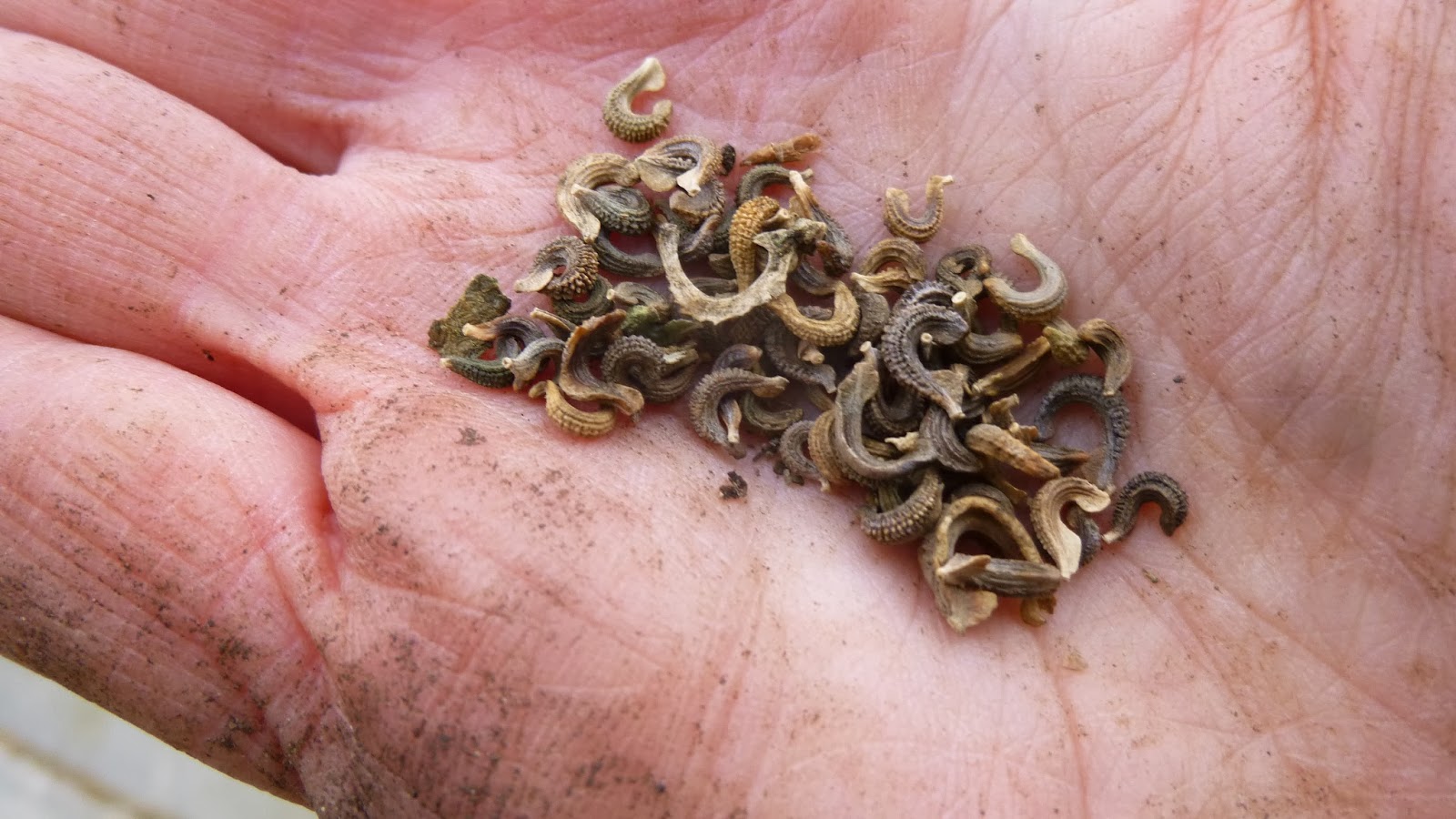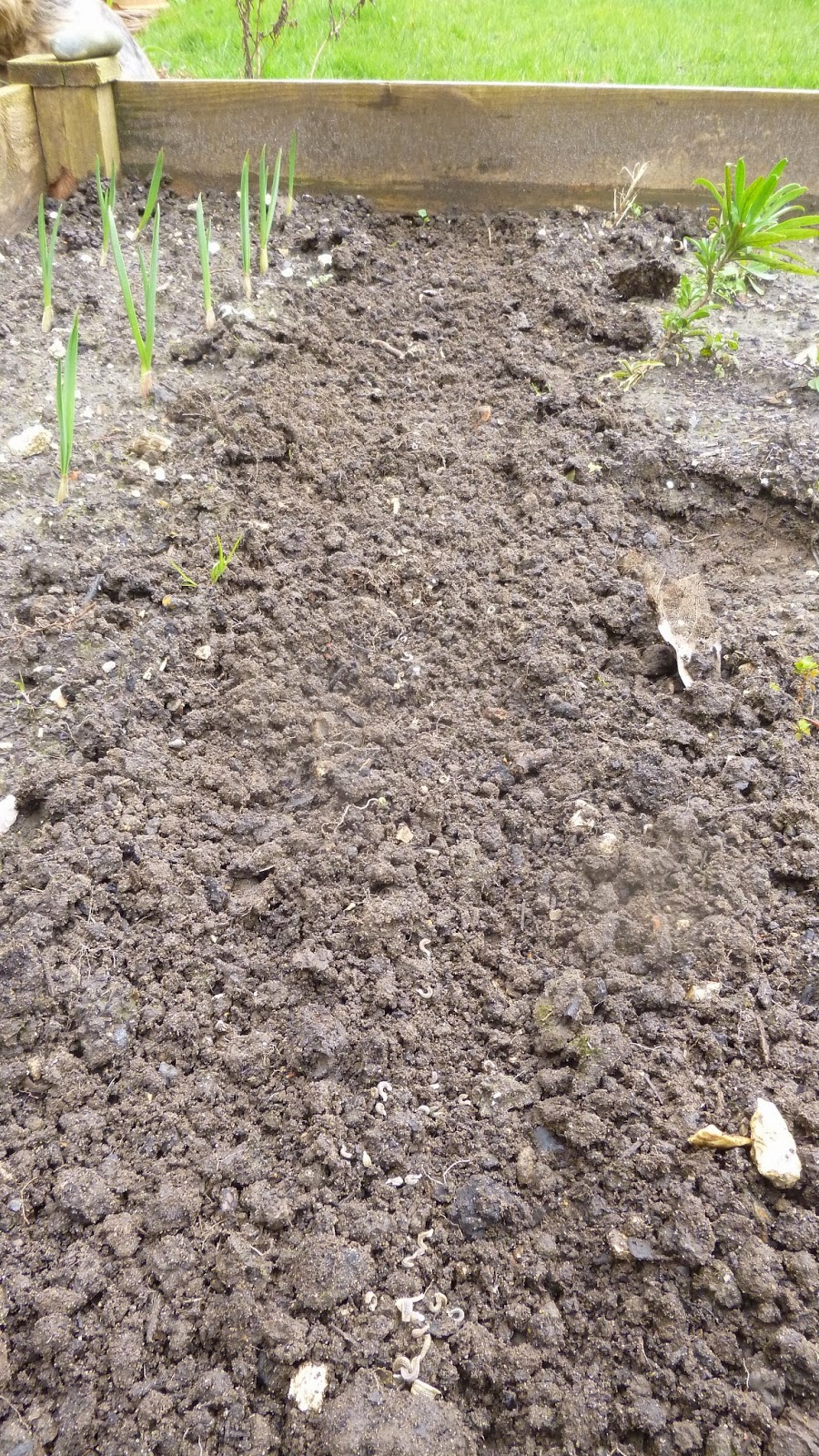The mind is restless by nature and is constantly darting this way and that, which can lead to stress and feelings of being overwhelmed by the ups and downs of life. But there is a way to pause and take a break from the constant stream of thoughts, and to feel peace, calm and clarity instead - it's called meditation.
When Patanjali wrote his Yoga Sutras way back in the 2nd century BCE, meditation was considered so important that yoga postures were practiced specifically to enable the yogi to sit comfortably for long periods of time. Much has changed in our world since then and yoga practice has evolved in the West to be more about physical exercise than quiet contemplation.
When you meditate you are taking a step back from the busy "head stuff" and allowing yourself some time to pause and get quiet. It's often a relief to sit and just "be" and you will hopefully notice immediate benefits of relaxation and calm that will make you want to meditate more often. A daily practice will positively affect all areas of your life - benefits include experiencing less anxiety and being able to make decisions more clearly. Although it might seem challenging to find 10 spare minutes in your busy day, think of it this way - you spend time feeding, cleaning and exercising your body each day so why not spend a little time doing the same for your mind too?
When you meditate you practice just sitting and being present in the moment. At first it might be frustrating as the mind often wanders off to think about other things, but stick with it. Gently bring yourself back when you notice you are thinking, back to the present moment, again and again. With practice the mind becomes less restless and you begin to look forward to your meditation as time to refresh and become centred.
There are many ways to meditate and you may want to experiment until you find one that works for you. The simplest way, I find, is by watching the flow of the breath like this:
As you breathe in slowly, follow the journey of your breath from its entry at the nostrils, into the throat and then into the lungs. Experience the sensation of the lungs filling gently with air and expanding your ribcage and then, as the breath turns effortlessly into an exhale, watch and feel as the lungs and ribcage soften and the warm air leaves the nostrils. Repeat for as many breaths as you like, then notice how you feel afterwards. Try it now, just for a minute or two. Close your eyes and notice your breathing....
If you are interested in finding out more about meditation then take a look at Headspace. This website explains, in a clear and straightforward way, the science of the benefits of meditation. It also offers you a free 10-day trial of its online meditation programme if you wish to test it out for yourself and get started with a daily practice.
This week I am visiting... The Medicine Garden, Downside Road, Cobham, Surrey KT11 3LU
How best to describe the Medicine Garden? A cafe? A walled garden? A community space? A gift shop and garden centre? It is all of these things, and more. Over the last 8 years this derelict, overgrown garden, once the vegetable garden of Cobham Park, has been completely transformed.
I recommend a coffee or lunch in the Hothouse Cafe, and a wander round the outbuildings which are home to various artisan businesses. A new farm shop co-operative is due to open next week and the gift and garden shop always have lovely things to buy. There is a play area for children and lots of space for them to run around if the weather is fine. One word of warning though - on a rainy day in the school holidays the cafe can be a bit noisy!
 |
| The courtyard |
This week I am making... Sweet Potato, Wild Rice, Quinoa, Feta and Spring Onion Salad
I had this for lunch in a cafe recently and really liked it so I searched for it on the web and this recipe from Yotam Ottolenghi came up. I get a bit overwhelmed with complicated recipes and like to keep things as simple as possible so I did a bit of cheating with this one and adapted it .
The ingredients of this salad are very healthy - the grains contain protein, fibre, B vitamins, antioxidants, and trace minerals (iron, zinc, copper, and magnesium), the sweet potatoes are rich in complex carbohydrates, fibre and beta carotene. The feta cheese provides protein and calcium and adds a lovely salty tang to the salad and the spring onions bring their own unique flavour too.
I used half the measurements than those shown in the Ottolenghi recipe.
You will need:
1 medium sized sweet potato
1 packet of ready-to-eat spelt, red rice, quinoa and wild rice (available from Waitrose)
80g feta cheese crumbled
3 spring onions chopped into tiny pieces
2 garlic cloves
a few mint leaves, chopped
half a teaspoon of dried sage and half a teaspoon of oregano
1 teaspoon of lemon juice
olive oil for roasting and frying
Here's how I made it:
Heat the oven to 180 degrees/gas mark 5.
Peel and chop the sweet potato into small 2cm sized cubes. Put into a baking tray and coat with the olive oil and add a little salt and pepper. Roast in the oven for 20-25 minutes until soft and tender.
Microwave the packet of grains and, when cooked, put into a bowl.
Fry the garlic gently in a little olive oil and add the dried sage and oregano, being careful not to burn them.
Scrape this mixture into the bowl of grains and stir well.
Add the sweet potato, chopped spring onions, mint, lemon juice and crumbled feta cheese and stir into the grains mixture.
Serve warm or cold. I had a few spoonfuls of this for supper with a green salad and a jacket potato and have some leftovers for lunch tomorrow.
Click here to follow the full recipe by Yotam Ottolenghi.
This week I am growing... well not so much growing but preparing the ground so that I can grow!
Just as you prepare for yoga by taking a few minutes to get centred so that you get the maximum benefits from your practice, so it is with the soil. A weeding and preparation session now, while the weeds are small and the ground is soft will pay you back big-time with better germination of seeds and stronger, healthier plants.
 |
| From this..... |
 |
| ...to this - ready for planting |
If you have a large garden this task is a bit daunting - there seems to be so much to do. But do one bit at a time and, little by little, it will take shape.
Gardening is a bit like yoga I suppose, in that it evolves slowly with your steady and determined effort. It doesn't need to be perfect - just getting out there and doing it is enough. When it is done you'll feel that you've really achieved something and your plants will reward you by flourishing over the coming months.




































